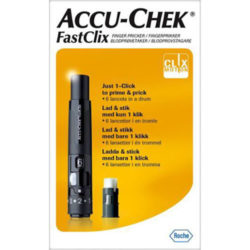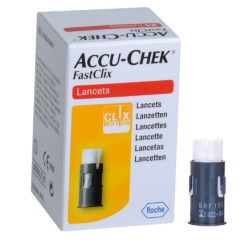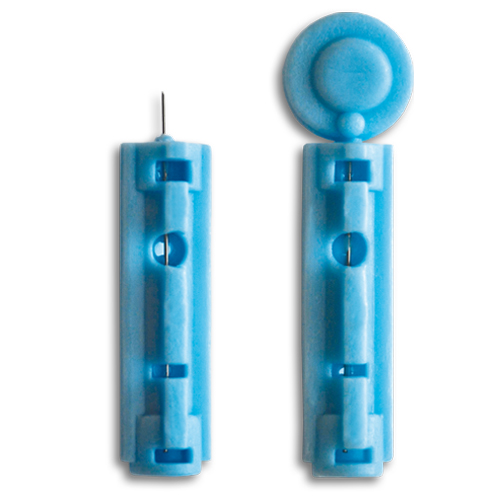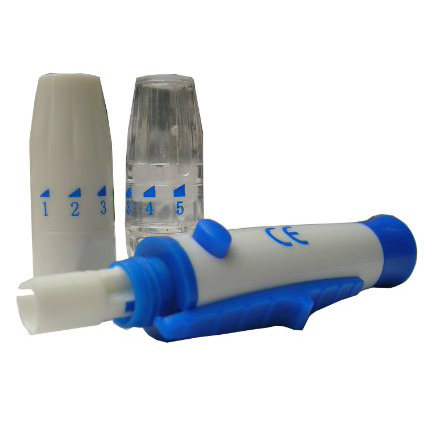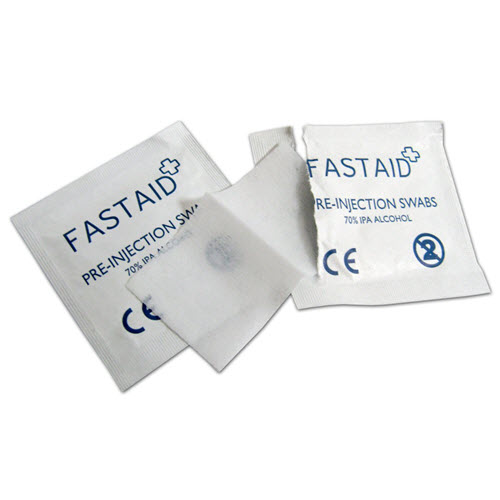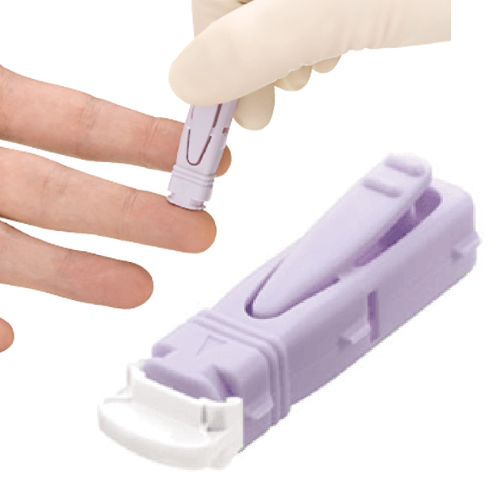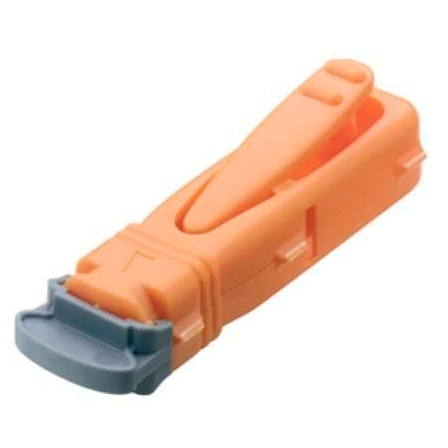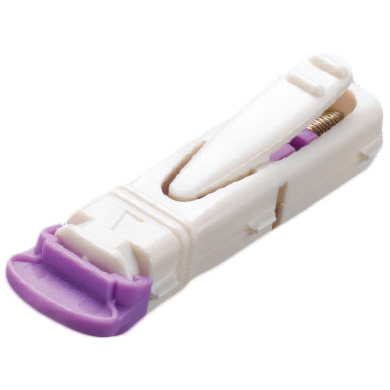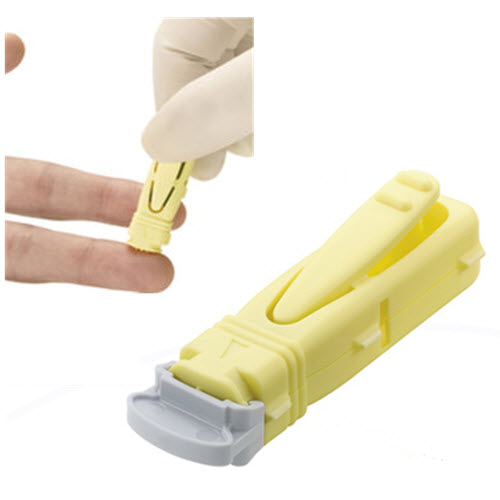Lancing Devices & Lancets
The small, sharp devices that prick the skin are called lancets. If you are a diabetic, an important part of managing your condition involves lancing.
By pricking the skin with a lancet, a small drop of blood can be drawn to the surface. This allows the user to test blood glucose using a blood glucose monitor and blood glucose test strips.
Showing all 9 results
Lancets & Lancing Devices
Some diabetics prefer to use a special lancing device to prick themselves, rather than use a lancet.
A lancing devices is designed to firmly grip the lancet, and is operated by just clicking a button. Different settings can be set on the lancing device, depending on how thick-skinned the patient is.
Lancets should only be used once, and then disposed of in a safe way. If you use a lancet more than once, it will go blunt and become more painful to use. Lancets should be disposed of safely as they can carry infection. A sharps boxes can be used for this. Some GPs may even prescribe sharps bins so that you can dispose of lancets safely.
Which Lancing Device Should I Use?
There are many types of different lancets and lancing devices on the market, not all of which are compatible with each other. Universal lancing devices are available, but this is not the case for every manufacturer.
Are all lancets the same size?
Lancets can vary greatly in size. Some are smaller and thus more appropriate for children. These types of lancets may not draw an appropriate amount of blood for adults. The Unistik 3 Extra lancet can be used when more blood than normal is needed for testing.
Do some lancets hurt more than others?
Some companies claim that their lancet or lancing device is less painful to use, but this isn’t necessarily always the case. A big seller at Zoom Health is the Unistik 3 Comfort Lancet which incorporates Comfort Zone Technology, so that the lancets are less painful to use. Some patients may also prefer to sue the Unistik 3 Gentle Lancet for a less painful experience.

